Deck & Commander Strategies
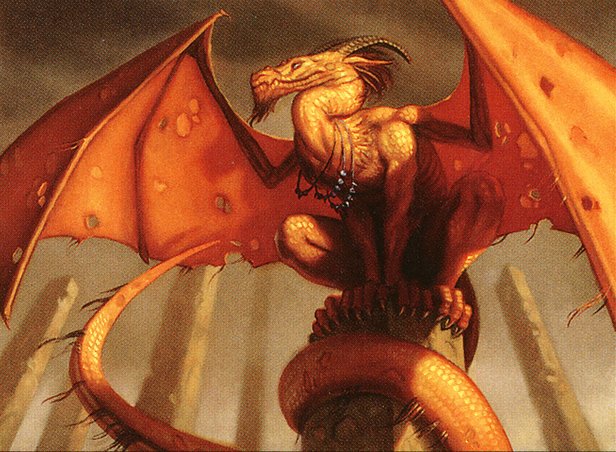
Numot, the Devastator
Control the game through land destruction, disrupting opponents’ mana bases to slow down their development while maintaining pressure with direct attacks.
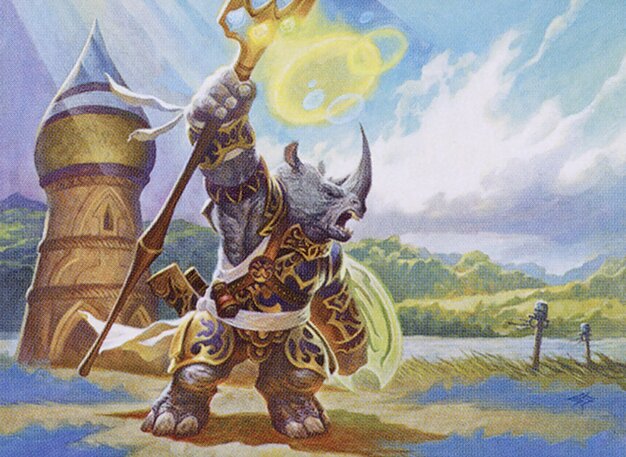
Roon of the Hidden Realm
Utilize flicker effects and land recursion to generate value, protect key creatures, and maintain steady board presence for long-term advantage.

Nin, the Pain Artist
Focus on slow and steady card draw and playing fair blue-red spells to outvalue opponents over time without relying on fast combos.
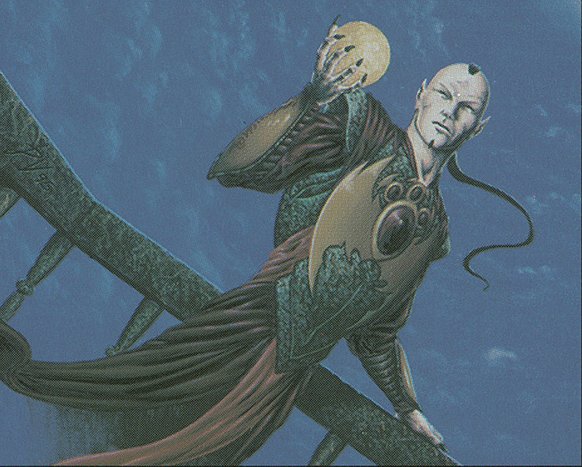
Baron Sengir
Employ a vampire tribal theme with aggressive creatures and tribal synergies, though with a comparatively weaker and less refined build.
Gameplay Insights
- 1
Early mana development is crucial in these decks, with players prioritizing land fetching and ramp spells to set up their slower game plans.
- 2
Restore was used to bring back key lands from graveyards, enabling sustained mana access and resilience against land destruction effects.
- 3
Numot’s land destruction strategy places a target on himself early, forcing opponents to prioritize dealing with him, which influences table politics.
- 4
The use of older, less efficient cards like Mana Vault and guildgates reflects the nostalgic, pre-modern Commander environment where power levels were more balanced and slow.
- 5
Players embraced the slower, fair magic style from earlier Commander days, focusing on incremental advantage rather than explosive turn wins.
Notable Cards
-

Restore
-

Evolving Wilds
-

Simic Guildgate
-
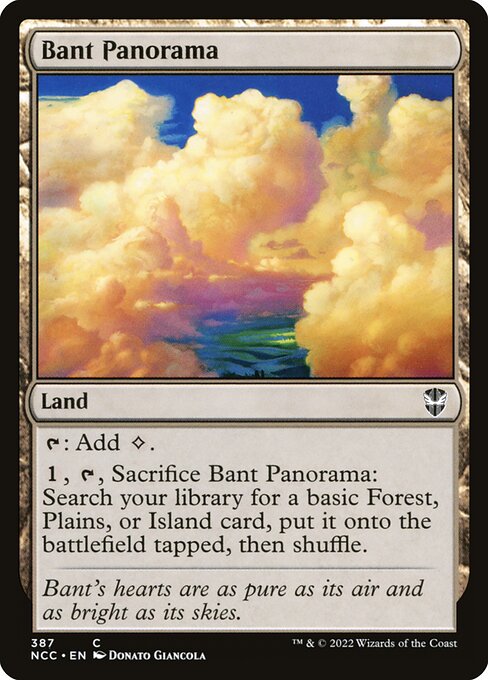
Bant Panorama
-
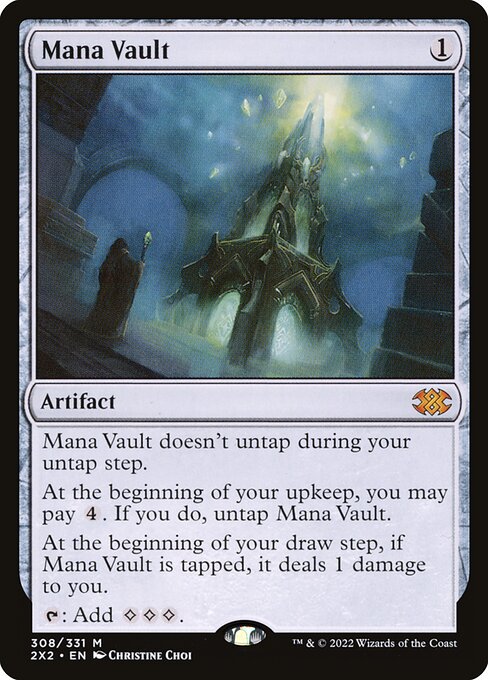
Mana Vault
Gameplay Summary
The game unfolds as four players pilot their reconstructed first Commander decks, each showcasing strategies and cards emblematic of their early Magic: The Gathering experiences.
The gameplay begins with a slow, nostalgic pacing, as players cast traditional ramp spells and basic lands, reflecting the style and power level of decks from the mid-2000s to early 2010s.
Critical early moves include land fetching and setting up mana bases, with one player utilizing Restore to recover lands from graveyards, highlighting the importance of resource recursion in these decks. Numot, the Devastator’s deck prominently features land destruction as a core disruptive strategy, aiming to hinder opponents’ mana development and slow the game’s pace.
Meanwhile, Roon of the Hidden Realm’s deck leverages land recursion and flicker effects to generate incremental value and maintain board presence.
Nin, the Pain Artist’s deck focuses on slower card draw and fair spells, aiming for steady resource accumulation over flashy combos.
Baron Sengir’s deck adds a thematic vampire tribal angle, although its power level is notably weaker compared to the others.
The game’s turning points involve the establishment of mana bases, land recursion plays, and the strategic choices around when to disrupt opponents’ resources.
The win conditions likely revolve around attrition and incremental advantage rather than explosive combos, staying true to the decks’ original design intent.



















![Commander VS S14E9: Karlov VS Nin VS Selvala VS Haakon [EDH] thumbnail](https://i.ytimg.com/vi/Jf3qev5zOfo/sddefault.jpg)














![Commander Versus Series: Deck Tech - Roon Vs. Feldon [Magic: the Gathering] thumbnail](https://i.ytimg.com/vi/p2hWuKl9X00/sddefault.jpg)





